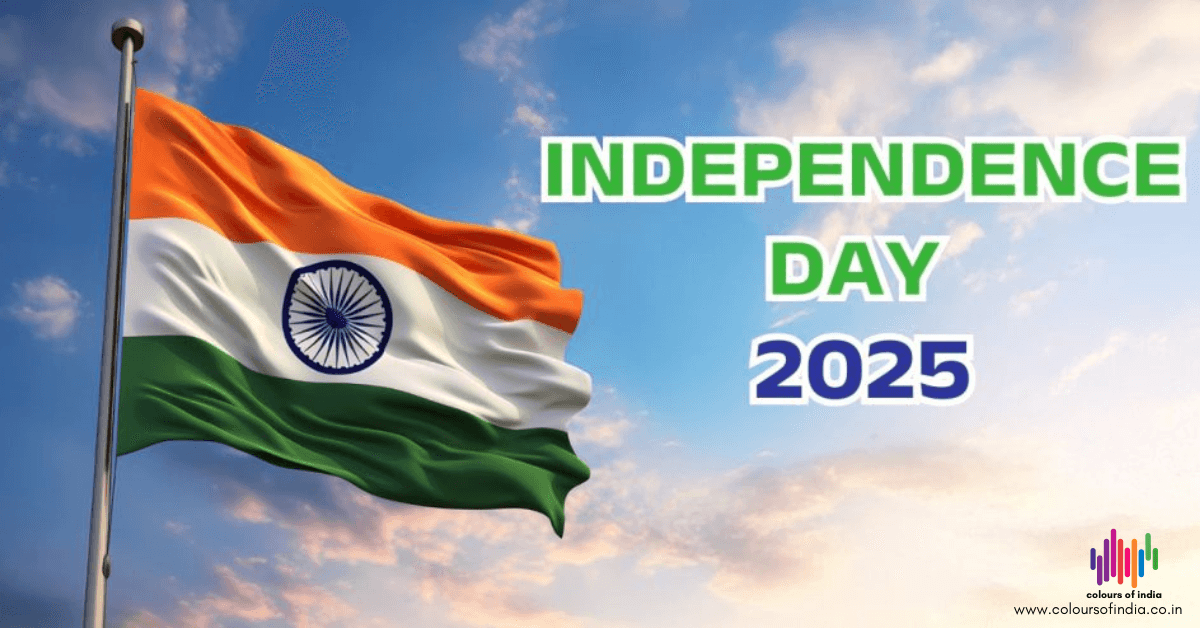15th August – Indian Independence Day : The Story of Freedom, Unity, and Progress
Introduction
15th August – Indian Independence Day 15th August is one of the most significant dates in the history of India. It marks the day in 1947 when India broke free from over two centuries of British colonial rule and emerged as a sovereign nation. Every year, this day is celebrated with immense pride, patriotism, and a renewed commitment to building a strong and united nation.
Independence Day is more than just a national holiday—it is a reminder of the sacrifices made by countless freedom fighters and a celebration of the democratic values that form the foundation of modern India.
Historical Background
15th August – Indian Independence Day The struggle for India’s independence began long before 1947. It involved decades of relentless efforts, protests, and movements led by iconic leaders and millions of common citizens. From the Revolt of 1857 to the Non-Cooperation Movement, Civil Disobedience, and Quit India Movement, every chapter of this fight brought India closer to freedom.
On 15th August 1947, the dream became a reality. At the stroke of midnight, Pandit Jawaharlal Nehru, the first Prime Minister of India, delivered his famous “Tryst with Destiny” speech, marking the birth of a free India. This day also witnessed the partition of India and Pakistan, a moment of both joy and sorrow.
Significance of Independence Day
15th August – Indian Independence Day Independence Day is not merely about remembering the past—it is about reaffirming our responsibility towards the nation’s future. It signifies:
Freedom and Sovereignty: The end of foreign domination.
Unity in Diversity: Celebrating the rich cultural heritage of India.
Democratic Values: Upholding the rights, justice, and equality for all citizens.
Tribute to Freedom Fighters: Honoring the martyrs who sacrificed everything for the nation.
How Independence Day is Celebrated
Independence Day is a national holiday in India, observed with grandeur across the country.
Flag Hoisting and National Anthem
The Prime Minister of India hoists the tricolor flag at the Red Fort in New Delhi. The ceremony is followed by the national anthem and a 21-gun salute. The Prime Minister also addresses the nation, highlighting achievements, challenges, and future goals.
Cultural Programs
Schools, colleges, and communities organize patriotic performances, including dances, songs, plays, and speeches dedicated to India’s freedom struggle.
Patriotic Decorations
Public places, homes, and offices are decorated with the tricolor theme—saffron, white, and green. People wear traditional attire or clothes in patriotic colors to mark the occasion.
Parades and March Past
Local parades and march-pasts by police, NCC cadets, and other groups are common in various states.
Kite Flying
In many parts of India, especially Delhi, kite flying is a popular tradition symbolizing freedom and joy.
Symbols of Independence Day
15th August – Indian Independence Day 15th August – Indian Independence Day 15th August – Indian Independence Day
The National Flag – The tricolor, representing courage (saffron), peace (white), and prosperity (green), with the Ashoka Chakra symbolizing righteousness.
The National Anthem – Jana Gana Mana, evoking unity and pride.
Patriotic Songs – Classics like “Vande Mataram” and “Ae Watan” that ignite patriotic feelings.
Remembering the Freedom Fighters
Independence was achieved through the sacrifices of many, including:
Mahatma Gandhi – Father of the Nation, leader of the non-violent movement.
Bhagat Singh, Rajguru, and Sukhdev – Martyrs who inspired millions.
Subhas Chandra Bose – Leader of the Indian National Army.
Rani Lakshmibai – The symbol of courage during the 1857 revolt.
Jawaharlal Nehru, Sardar Vallabhbhai Patel, Dr. B.R. Ambedkar – Leaders who shaped independent India.
Independence Day in Modern Times
While Independence Day continues to be a celebration of our freedom, it is also a moment to reflect on the progress we have made and the challenges ahead. Issues like economic growth, environmental sustainability, women’s empowerment, and technological advancement are part of India’s journey towards becoming a global leader.
15th August is not just a date—it is the spirit of India’s courage, unity, and resilience. It reminds us that freedom was hard-earned and must be safeguarded with responsibility. Every citizen has a role to play in keeping the nation strong, harmonious, and progressive.
As we celebrate this day with pride, let us also pledge to uphold the values of justice, equality, and fraternity, ensuring that the dream of our freedom fighters continues to thrive in every generation.
Jai Hind!
Also Read: Detailed information of Indian Indepence Day from Wikipedia click here.
Also Read: Another blogs from website Click here.
